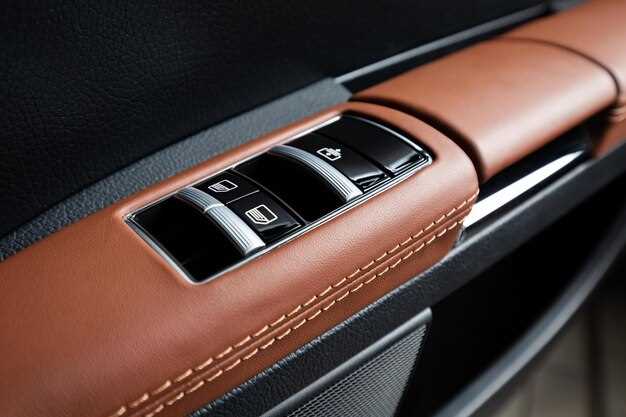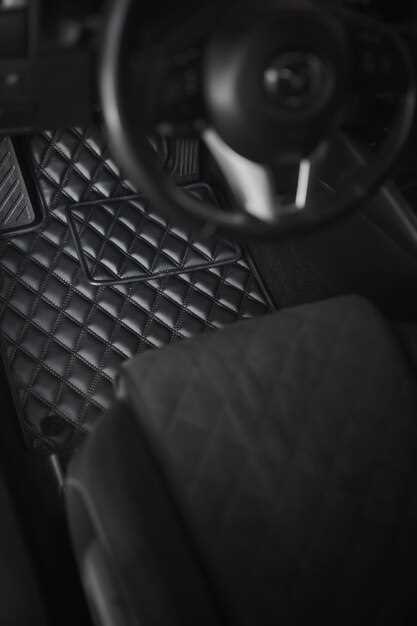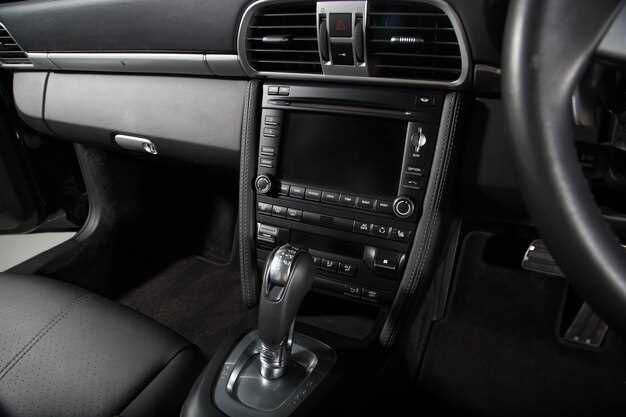
The allure of a Porsche is not just in its performance on the road; it’s also found within the meticulously crafted interiors that speak of luxury and engineering excellence. Capturing this essence through detail photography requires more than just a high-quality camera; it demands an understanding of the subtleties that make each model unique. In this article, we will explore techniques to photograph Porsche interiors, focusing on how to emphasize the intricate details that define these iconic vehicles.
Photography enthusiasts and professionals alike know that the magic lies in the details. When photographing a Porsche interior, the goal is to highlight features such as the stitching of the leather, the grain of the wood trim, and the sleek design of the dashboard. Each of these elements not only contributes to the car’s aesthetic but also tells the story of its design philosophy. Using the right approaches to your photos can transform an average shot into an unforgettable image that resonates with viewers and potential buyers.
In the following sections, we will discuss essential equipment, lighting techniques, and composition strategies to elevate your detail photography. Whether you’re a seasoned photographer or an enthusiast eager to capture your passion for Porsche, mastering these aspects will allow you to create stunning visuals that pay homage to the brand’s legacy and innovation.
Choosing the Right Lighting Techniques for Interior Shots

When capturing Porsche interiors, the right lighting is crucial for highlighting intricate details and creating an immersive atmosphere. Effective use of light can accentuate the luxurious materials and craftsmanship that define these high-performance vehicles.
One essential technique is diffused lighting. Soft, diffused light minimizes harsh shadows and reveals the subtle textures of leather and metal. Using a diffuser or shooting during golden hour can enhance the natural beauty of the interior while maintaining a balanced exposure.
Another important method is directional lighting. Positioning a light source at a specific angle can create depth and dimensionality by emphasizing curves and contours. This technique draws the viewer’s eye to key features, such as the dashboard layout or unique stitching details.
In addition, incorporating reflectors can help bounce light into shadowed areas, ensuring that every detail is visible. This is particularly useful in confined spaces, where ambient light may be insufficient to illuminate all aspects of the interior.
Moreover, consider using colored gels on lights to enhance specific features within the Porsche’s cabin. For example, a warm gel might accentuate the richness of the wood trim, while cooler tones can emphasize modern, metallic elements. Careful use of color adds an artistic touch while maintaining the essence of the vehicle.
Finally, avoid overexposing highlights, particularly on shiny surfaces. Using a light meter can help in achieving optimal exposure settings, ensuring that both the vibrancy of colors and the subtleness of details are preserved.
By mastering these lighting techniques, photographers can create stunning, detailed images that showcase the elegance and craftsmanship of Porsche interiors, inviting viewers to appreciate every fine detail.
Camera Settings and Angles to Highlight Porsche Interior Features

When capturing the stunning details of Porsche interiors, selecting the right camera settings is crucial for showcasing the luxury and craftsmanship that define these vehicles. Begin with a low ISO setting, typically around 100 to 200, to minimize noise and preserve the high-quality details in your photos. A lower ISO is particularly effective in well-lit environments, allowing you to utilize a faster shutter speed, which is essential when focusing on intricate elements like stitching, textures, and material finishes.
Utilize a wide aperture, such as f/2.8 to f/4, to create a shallow depth of field. This approach effectively blurs the background while keeping the foreground elements crisp and in focus, drawing the viewer’s attention to specific features of the interior, like the dashboard or gear shift. For detailed shots of components such as the steering wheel or seat upholstery, a macro lens can significantly enhance your ability to capture close-up details.
Experiment with angles to emphasize the unique design elements of Porsche interiors. Low angles can provide a dramatic perspective, showcasing the curvature of the dashboard and the layout of controls. Conversely, a straight-on approach works well for capturing symmetry and overall design. When photographing specific features, such as the infotainment system or climate controls, consider using a slight tilt or an overhead angle to present these elements in an engaging manner.
Lighting plays a pivotal role in detail photography. Natural light often yields the best results; however, using a diffuser or reflectors can help soften harsh shadows and highlight textures. Incorporating fill light can also illuminate darker areas, ensuring all intricate features are visible without losing the interior’s ambiance.
In summary, mastering detail photography of Porsche interiors involves careful consideration of camera settings and angles. By utilizing a low ISO, wide aperture, and experimenting with different perspectives, photographers can effectively highlight the extraordinary details that make Porsche interiors remarkably distinctive.
Post-Processing Tips for Enhancing Detail in Porsche Interior Images
Post-processing is crucial for bringing out the intricate details of Porsche interiors in your photos. To achieve stunning results, follow these essential tips.
1. Use RAW Files: Always shoot in RAW format to retain maximum detail. This allows for greater flexibility during editing, especially when adjusting exposure and colors without losing quality.
2. Adjust Brightness and Contrast: Enhancing brightness and contrast can significantly improve the perceived depth of your interior images. Use sliders to find the right balance, ensuring that highlights do not become overly bright and shadows remain rich.
3. Sharpen Details: Applying selective sharpening can accentuate textures found in materials like leather and metal. Be cautious with the amount, as excessive sharpening can introduce noise.
4. Use Vignetting: A subtle vignette can draw the viewer’s attention towards the center of the image, showcasing the luxury details of the Porsche interior. Adjust the darkness subtly so it enhances rather than distracts.
5. Color Correction: Make adjustments to saturation and vibrancy to ensure the interior colors are true to life. Pay special attention to the hues of the dash, seats, and trim to capture their luxurious essence.
6. Highlight Reflections: Interior surfaces often have reflections that can enhance your images. Utilize tools to adjust highlights and shadows to emphasize these reflections carefully, making the space feel more dynamic.
7. Focus on Textures: Zoom in on specific areas to highlight various textures. Use tools like the clarity or texture sliders to enhance the tactile feel of surfaces, making elements like stitching or grain more pronounced.
8. Crop for Composition: A well-composed photograph draws the viewer’s eye. Utilize cropping to create a balanced composition that emphasizes the best features of the Porsche interior while eliminating distractions.
9. Utilize Local Adjustments: Employ local adjustment tools to make targeted edits. This allows precise enhancement of details in specific areas without affecting the overall image quality.
10. Maintain Realism: While it’s tempting to push edits to their limits, maintaining a realistic portrayal of the Porsche interior is essential. Ensure that post-processing complements the true beauty of the vehicle rather than distorting it.
By following these post-processing tips, you can effectively enhance the detail in your Porsche interior images, ensuring they reflect the luxury and craftsmanship that defines the brand.
 Skip to content
Skip to content





